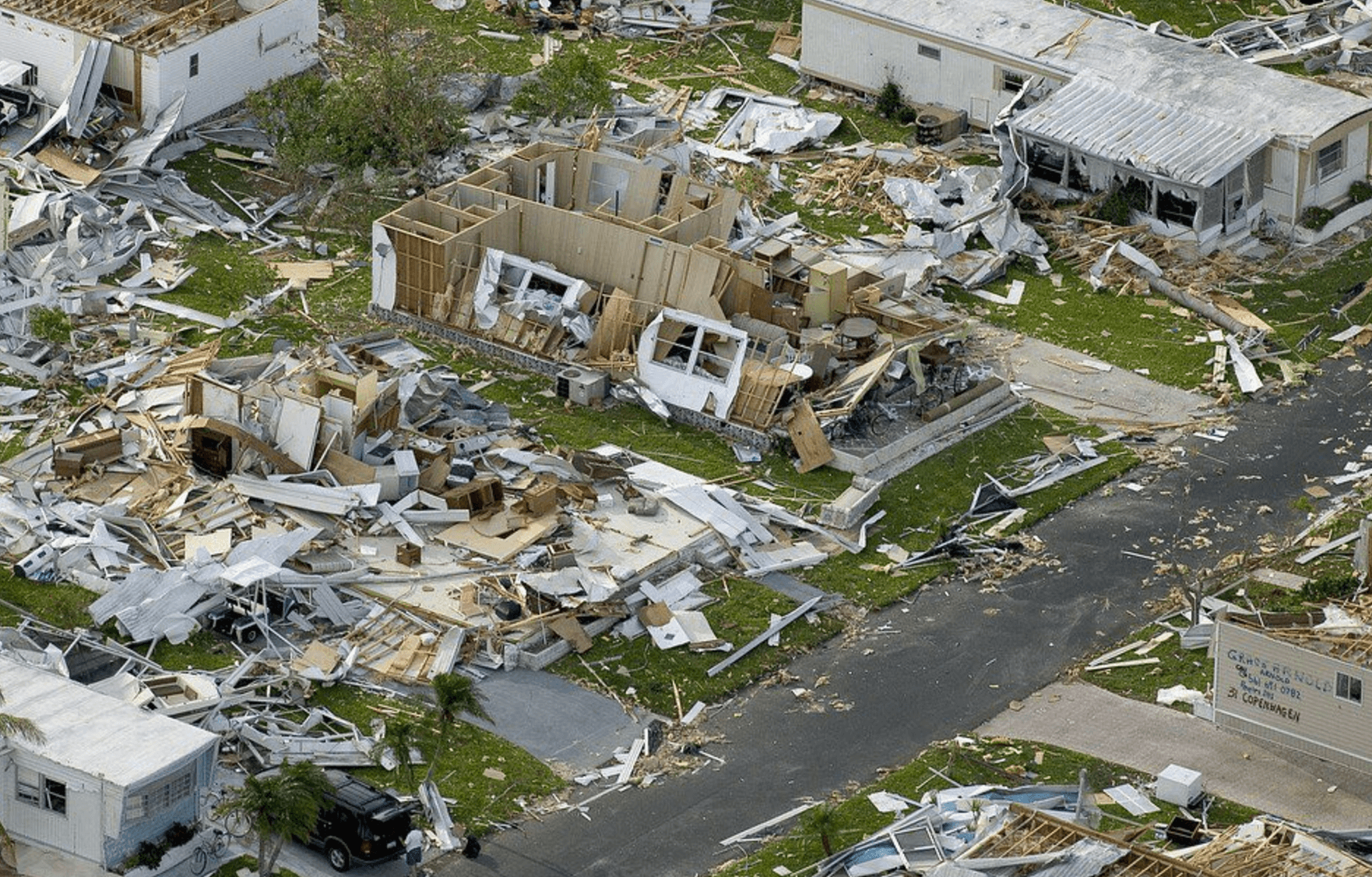This phenomenon — three hurricanes in the Atlantic at the same time — is not unheard of, but is rare, and last occurred in September of 2010.
And it is a reminder of a threat faced at this time of year by Caribbean nations — a threat that, these nations have repeatedly warned, will intensify with climate change. That means more destruction and greater loss of life in communities that are already vulnerable.
ÚLTIMA HORA | Primer Ministro de Barbuda tras paso de #Irma: “La isla quedó practicamente inhabitable. La recuperación llevaría años” pic.twitter.com/SHGleeQ87d
— Débora Estrella (@Deb_Estrella) September 7, 2017
During the Paris Agreement negotiations, vulnerable island nations lobbied hard to strengthen the deal. And, once it was hammered out, they moved quickly to approve it.
When the US announced plans to ditch the agreement earlier this summer, these nations were among those voicing their displeasure. “We are deeply disappointed by today’s decision,” a coalition of officials from Caribbean nations including Colombia, Costa Rica, Grenada, Mexico and Saint Lucia said in a statement at the time. “Our commitment to the Paris Agreement is unshakeable. We have every reason to fight for its full implementation: our families, our health, our welfare, our security, our economies and our livelihoods.”
And last month, Allen Chastanet, the prime minister of St. Lucia, warned that the plight of his country and its neighbors was growing increasingly urgent. “I am going to keep pounding on the table and letting my voice be heard explaining that the [Small Island Developing States] cannot wait,” Chastanet said at a ceremony on August 28. “There is no greater example of that than what took place in Haiti. Did we not know that Haiti was in a hurricane belt?” he asked, referring to Hurricane Matthew, which contributed to the deaths of some 1000 Haitians. It also struck other Caribbean nations, including St. Lucia.
“What took place last year, the world and all of us must bear responsibility for,” Chastanet continued. “The Haitian people were left to confront one of the strongest and most devastating hurricanes we have seen in a long time with cardboard boxes.”
But it’s not just hurricanes. Sea level rise of four feet — as is predicted by the end of the century, and may even be a conservative estimate — would put many islands underwater. In addition to the loss of life that could result, climate change also threatens the area’s economy, which is largely based on farming such crops as bananas and sugar cane, and tourism.
One mechanism meant to help small, vulnerable nations adapt was the UN-administered Green Climate Fund. “In a lot of cases our capacity to adapt is constrained,” Hugh Sealy, a UN negotiator for small-island nations and a native of Grenada, explained to the Los Angeles Times last year, shortly after the Paris Agreement went into effect. “Even without this issue of climate change, we are poor developing countries that have not yet recovered from the Great Recession of 2008. We’re cash-strapped.”
Since then, however, nations haven’t donated enough to reach the fund’s goals — and the US, one of the nations that had historically done the most to contribute to climate change, may renege on commitments to the fund made under Obama. For many of these nations, the financing for adaptation will not be arriving any time soon.
The Atlantic now has 3 hurricanes active at the same time: #Irma, #Jose and #Katia. The last time this occurred was September 16-17, 2010. pic.twitter.com/JnePDWiHee
— Philip Klotzbach (@philklotzbach) September 6, 2017
Meanwhile, there is the reality of hurricane season 2017, and the three hurricanes now present in the Atlantic.
A tropical depression in the Gulf of Mexico strengthened into Hurricane Katia on Wednesday morning, and will likely linger off the coast of Mexico for several days. Also yesterday, a tropical depression headed toward the Lesser Antilles strengthened into Hurricane Jose. It will likely brush the northern coasts Puerto Rico and Hispaniola this weekend, and may strengthen into a category 2 hurricane before then.
The world has seen three hurricanes in the Atlantic — and even four hurricanes — before. But it will likely occur more frequently in the future. While climate change can’t be said to “cause” hurricanes, it does mean they have stronger winds and dump more rain. Sea level rise makes flooding worse, especially in heavily developed areas (like Houston) and low-lying island nations (of which there are many in the Caribbean). Climate change might also encourage hurricanes to stall out, lingering in the same place for days at a time. The three hurricanes moving through the Atlantic right now are partially the product of warmer-than-usual water, a phenomenon that will become more common as the planet — and its heat-trapping oceans — warm.
Irma passed by the northern coast of Puerto Rico this morning, meaning the island may avoid the worst of the destruction brought to islands such as Sint Maarten, Anguilla, and Barbuda, where winds reached speeds of 185 mph.
Haiti, next in the storm’s path, is, as Mark Goldberg writes, particularly vulnerable. Recovery for these islands will be a years-long process — and the peak of hurricane season 2017 has yet to arrive.
